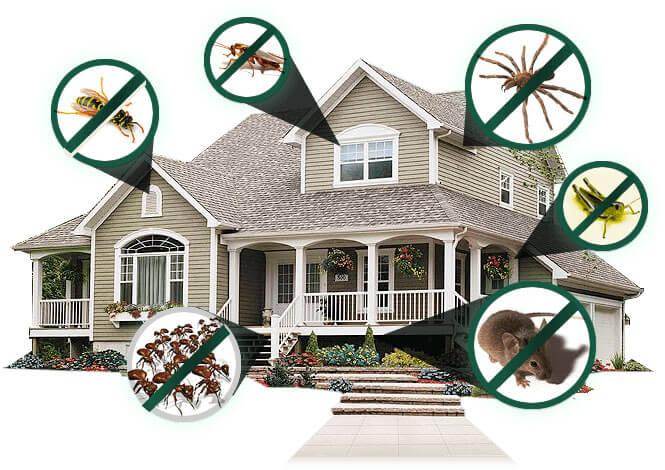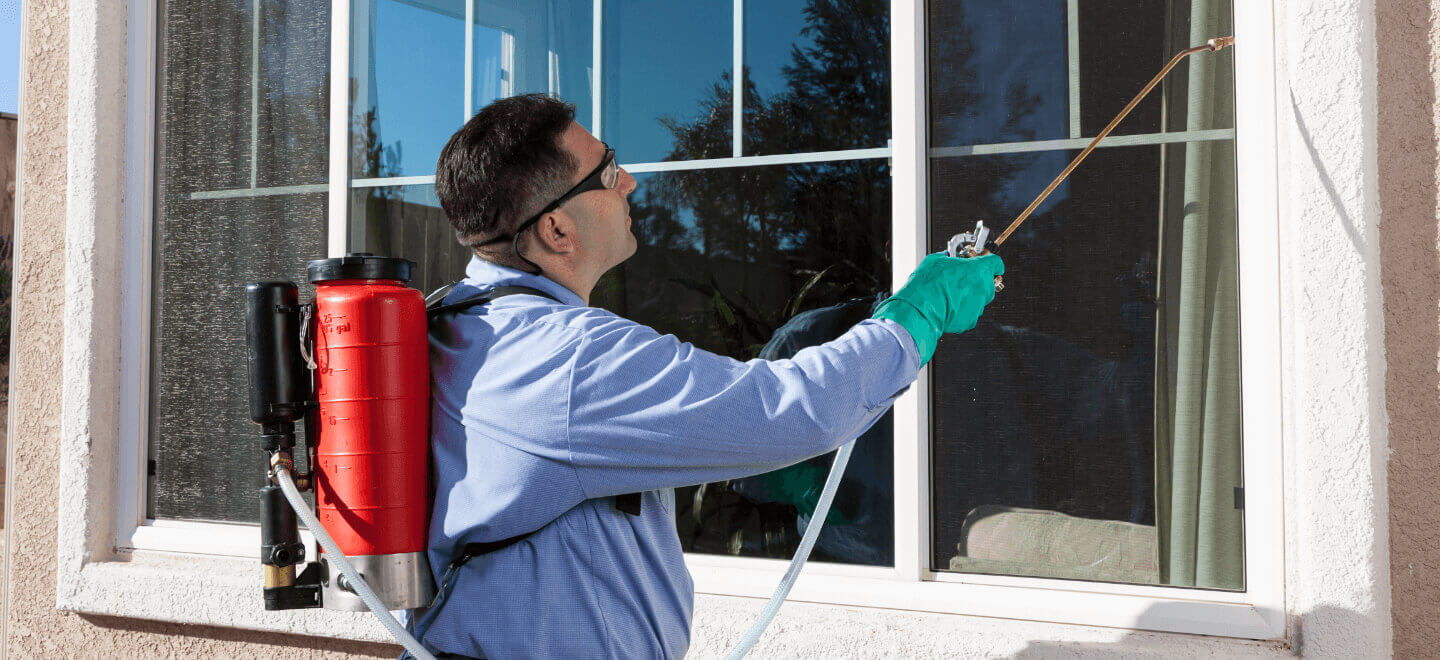Specialist A1 Charlotte Bed Bug Exterminator - Quality Service Assured
Specialist A1 Charlotte Bed Bug Exterminator - Quality Service Assured
Blog Article
Bed Pest Therapy Breakdown: Comparing Chemical Vs. Non-Chemical Solutions
In the world of pest control, especially when dealing with the consistent problem of bed bugs, the option in between chemical and non-chemical therapy remedies can be a crucial one. Both methods use distinctive advantages and drawbacks, affecting variables such as effectiveness, security factors to consider, and overall cost. By taking a look at the nuanced details of each approach, a more clear understanding of which course to pursue in dealing with a bed bug invasion can be achieved.
Performance of Chemical Treatments
Chemical treatments for bed pest problems have been widely identified for their quick and potent effectiveness in eradicating these bugs. When thinking about the efficiency of chemical treatments, it is vital to understand that they can supply a fast and complete option to a bed bug trouble. Specialist pest control specialists commonly count on pesticides to target bed insects at different phases of their life process, consisting of eggs, nymphs, and adults. These chemicals typically work by interrupting the bed pests' nerves, bring about paralysis and ultimate fatality.
In addition, chemical therapies have the advantage of using residual impacts, suggesting that they can continue to remove bed pests even after the initial application. This recurring action is especially advantageous in combating any potential re-infestations. In addition, the fast activity of chemical therapies can bring alleviation to people encountering serious bed insect infestations, allowing them to reclaim control of their home quickly.
Safety Worries With Chemical Solutions
One essential facet that calls for careful consideration when utilizing chemical services for bed bug treatment is making certain the safety of occupants and the atmosphere. While chemical therapies can be effective in eradicating bed bugs, they may pose dangers otherwise taken care of effectively. Among the primary safety interest in chemical options is the prospective harm they can create to human health. Exposure to certain chemicals made use of in bed pest treatments can result in breathing issues, skin irritability, or other damaging responses, particularly in individuals with pre-existing problems or level of sensitivities. Additionally, improper application or dose of chemical pesticides can cause harmful deposits sticking around in the cured area, posing lasting health threats to passengers.
Moreover, the ecological effect of chemical options is an additional substantial consideration. Some pesticides made use of in bed bug therapies might be damaging to helpful insects, wild animals, and communities if they seep right into the soil or water supply. It is important to make use of chemical treatments deliberately, adhering to safety guidelines, and taking into consideration less harmful choices to mitigate these dangers Website and make sure the safe and efficient monitoring of bed pest problems.
Benefits of Non-Chemical Methods
Taking into consideration the potential safety problems and ecological influence connected with chemical services for bed insect treatment, checking out non-chemical strategies offers a promising alternative with numerous distinct benefits. Non-chemical methods provide a much safer option for families, particularly those with people, kids, or animals sensitive to severe chemicals. These approaches eliminate the threats of direct exposure to hazardous materials, lowering the possibility for adverse wellness results. Furthermore, non-chemical treatments are eco-friendly, as they do not add to air or water pollution, making them a sustainable choice for parasite control.
In addition, non-chemical services can be reliable in targeting bed pests, consisting of hard-to-reach areas where chemical therapies might not penetrate - A1 charlotte bed bug exterminator. Approaches such as warmth treatment, vacuuming, heavy steam cleansing, and cushion coverings supply comprehensive obliteration without the use of dangerous chemicals.
Limitations of Non-Chemical Treatments

In addition, non-chemical therapies usually need numerous applications to attain successful elimination. This can be taxing and may not always ensure complete elimination of all bed insects and their eggs, specifically in hard-to-reach or concealed areas.
Furthermore, the success of non-chemical treatments greatly depends on appropriate application and thoroughness, which can be challenging for individuals without expert proficiency. Poor application of non-chemical approaches might lead to incomplete removal, resulting in relentless problems and the need for additional treatments.
Consequently, while office pest control service non-chemical treatments have their benefits, it is necessary to acknowledge these limitations and consider them when determining the most reliable strategy for handling bed bug problems.
Expense Comparison: Chemical Vs. Non-Chemical Options
Given the restrictions connected with non-chemical therapies, a necessary element to review in the context of bed bug administration is the expense contrast in between chemical and non-chemical alternatives. In comparison, non-chemical therapies like warm treatment or steam can be extra costly, with costs varying from $1,000 to $6,000 for an entire home. While the preliminary expense of chemical treatments may seem lower, several treatments may be needed to totally remove the infestation, potentially raising the general cost.
Final Thought

Thinking about the prospective safety concerns and ecological influence linked with chemical remedies for bed pest therapy, exploring non-chemical strategies provides an encouraging option with a number of distinctive benefits.Provided the limitations linked with non-chemical therapies, an important element to examine in the context of bed bug management is the price comparison in between chemical and non-chemical alternatives. In comparison, non-chemical treatments like warmth treatment or vapor can be a lot more pricey, with costs ranging from look at here now $1,000 to $6,000 for an entire home. While the first price of chemical treatments may appear lower, multiple treatments might be required to completely eradicate the problem, possibly enhancing the overall expense.In conclusion, when comparing chemical and non-chemical bed pest treatment options, it is essential to take into consideration effectiveness, safety and security, benefits, limitations, and price.
Report this page